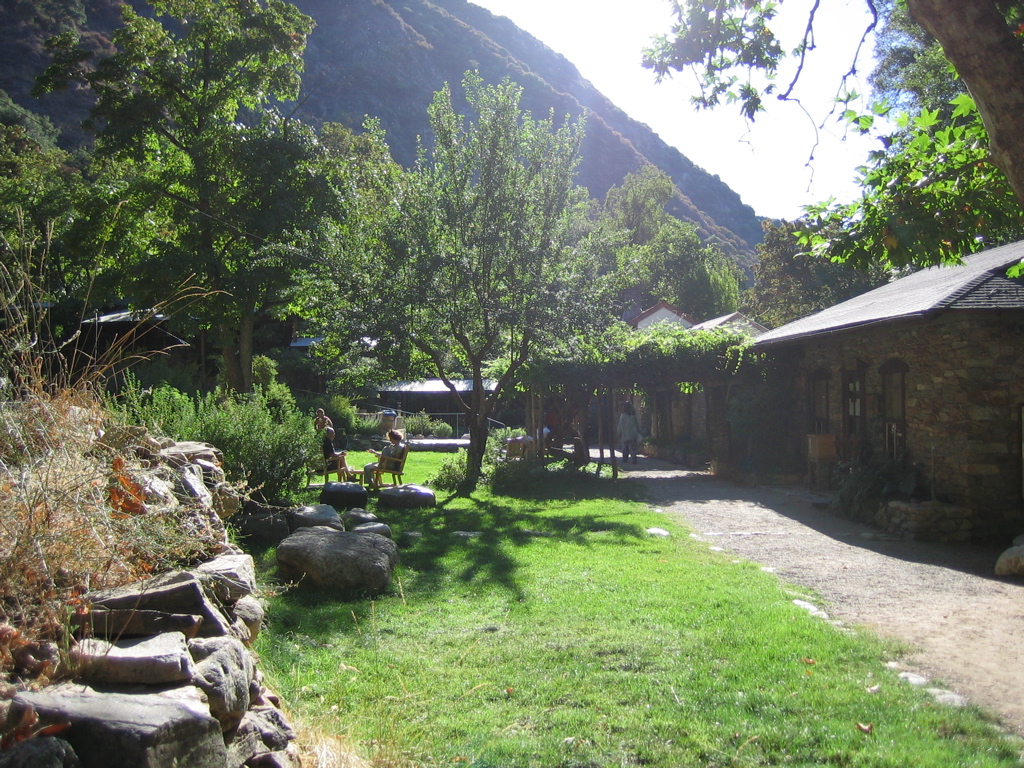
When Mamiya, who later became a well-known preacher, went to a teacher for personal guidance, he was asked to explain the sound of one hand.
Mamiya concentrated upon what the sound of one hand might be. “You are not working hard enough,” his teacher told him. “You are too attached to food, wealth, things, and that sound. It would be better if you died. That would solve the problem.”
The next time Mamiya appeared before his teacher he was again asked what he had to show regarding the sound of one hand. Mamiya at once fell over as if he were dead.
“You are dead all right,” observed the teacher, “But how about that sound?”
“I haven’t solved that yet,” replied Mamiya, looking up.
“Dead men do not speak,” said the teacher. “Get out!”
(Case 42 from Collection of Stone and Sand. Photo courtesy of Wikimedia Commons and a generous photographer.)






